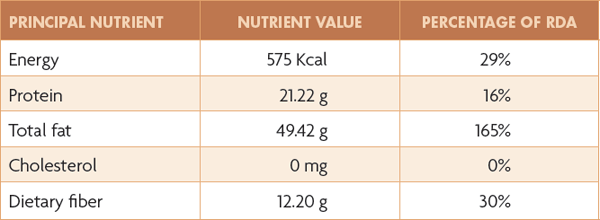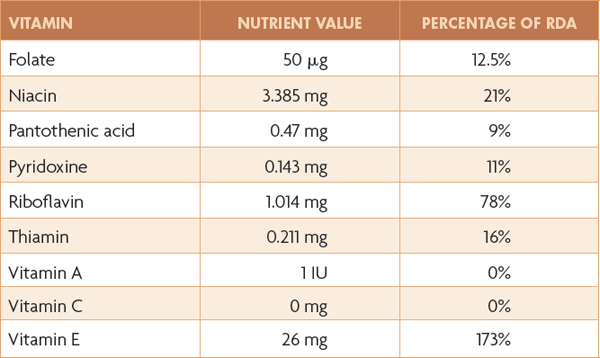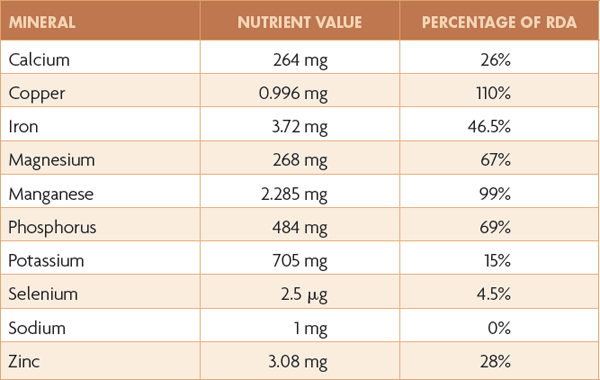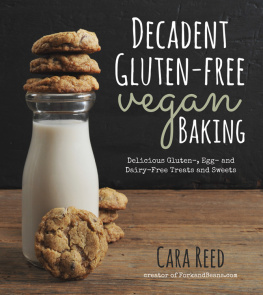THE
almond
milk
COOKBOOK

Alan Roettinger

Library of Congress Cataloging-in-Publication Data
Roettinger, Alan, 1952
Almond milk / Alan Roettinger.
pages cm
Includes index.
ISBN 978-1-57067-326-9 (pbk.) ISBN 978-1-57067-876-9 (e-book)
1. Cooking (Almonds) I. Title.
TX814.2.A44R64 2015
641.6'455dc23
2015005578

Book Publishing Company is a member of Green Press Initiative. We chose to print this title on FSC-certified paper with 100 percent postconsumer recycled content, processed without chlorine, which saves the following natural resources:
55 trees
1,734 pounds of solid waste
25,914 gallons of water
4,778 pounds of greenhouse gases
25 million BTU of energy
For more information on Green Press Initiative, visit greenpressinitiative.org .
Environmental impact estimates were made using the Environmental Defense Fund Paper Calculator. For more information, visit papercalculator.org .
Printed on recycled paper
2015 Alan Roettinger
All rights reserved. No portion of this book may be reproduced by any means whatsoever, except for brief quotations in reviews, without written permission from the publisher.
Cover and interior design: John Wincek
Stock photography: 123 RF
Printed in Canada
Book Publishing Company
PO Box 99
Summertown, TN 38483
888-260-8458
bookpubco.com
ISBN: 978-1-57067-326-9
20 19 18 17 16 15 1 2 3 4 5 6 7 8 9
contents

CHAPTER
Almond Milk in a Nutshell
A Brief History of Almond Milk
Almonds have been enjoyed by humans for thousands of years. The earliest varieties of almonds were found in China and were carried by traders down the ancient silk road to Greece, Turkey, and the Middle East. Their first appearance in North America came via Spanish missionaries who settled in California. Today, almonds are featured prominently in both sweet and savory dishes in cuisines around the globe, and there are more than thirty different varieties of almonds cultivated and enjoyed worldwide.
Almond milk, made from finely ground almonds and water, has been consumed from Europe to east Asia since at least as far back as the Middle Ages. In the days before the advent of refrigeration, cows milk, which spoils very quickly, was a relatively rare and expensive commodity. Because it was so highly perishable, fresh cows milk was always consumed soon after it was collected and used either as an addition to other foods or cooked and transformed into butter, yogurt, or cheese. Almonds, on the other hand, were easily kept and transported, and almond milk could be made as needed with little difficulty.
Many medieval recipes called for almond milk, and making the milk involved an uncomplicated process that the cooks of that period were well versed in. It entailed nothing more than combining one part ground almonds with two parts boiling water, allowing the mixture to steep, stirring it occasionally until cool, and then straining it to remove any large bits.
With the modern rise of vegetarianism and veganism, as well as the increased awareness of lactose intolerance and other health concerns related to the consumption of dairy products, many consumers have become keenly interested in nondairy milks. Soy milk became the rage during the 1970s following the publication of Diet for a Small Planet by Frances Moore Lappe. Since then, both the quality and accessibility of commercial soy milks have steadily gotten better. However, almond milk in particular has enjoyed a tremendous surge in popularity, especially since 2010, when greatly improved commercial almond milks became available. Sales of almond milk in North America have now overtaken those of even soy milk, due in part to soy sensitivities but mainly attributable to almond milks superior flavor.
Health Benefits of Almonds
Almonds are among the most health-promoting foods known, providing biotin, calcium, copper, fiber, folate, iron, magnesium, manganese, omega-6 fatty acids, phosphorus, potassium, protein, selenium, vitamin E, and zinc. Although almonds are rich in fat, nearly all of it is heart-healthy monounsaturated oleic acid, the same type of fat found in extra-virgin olive oil that is credited with lowering LDL (bad) cholesterol levels and helping to prevent cardiovascular disease.
TABLE 1 Nutritional value of almonds per 100 g



(Source: USDA National Nutrient Database)
Almonds also help to balance blood sugar. When consumed as part of a regular meal, almonds help lower the glycemic index of the entire meal and reduce the overall after-meal rise in blood sugar. This decreased blood sugar spike in turn helps protect against diabetes and cardiovascular damage. The skins of almonds are rich in potent flavonoid antioxidants, and when eaten in combination with the rich vitamin E present in the almonds flesh, the beneficial effects are multiplied.
The almond we know as a nut is actually a drupe, or stone fruit. Its binomial name is Prunis dulcis. Technically, almonds are the seed of a fruit, belonging to the same category of stone fruit that includes apricots, cherries, nectarines, olives, peaches, and plums. Be aware that people who are allergic to these fruits might have a similar sensitivity to almonds and vice versa.
The average serving of almonds according to the United States Food and Drug Administration (USDA) is 23 kernels. This is the equivalent of 1 ounce, cup, or about one handful (depending on the size of your hands) of almonds. The USDA Nutrient Data Laboratory states that 1 ounce of whole, shelled almond kernels contains 163 calories, about 14 g of fat, 6 g of protein, 6 g carbohydrates, and 3.5 g of fiber.
The Many Faces of Almond
The versatile almond is readily available in a wide array of forms. Although when making almond milk its best to use whole, unroasted, natural almonds to obtain the highest nutritional value, almond milk can actually be made from almonds in any of the following commonly found forms:
WHOLE. Whole, shelled almonds are available natural (with the skins on) or blanched (with the skins removed). The skins are especially rich in flavonoids, a food component high in antioxidants that assists with scavenging free radicals. Flavonoids have been shown to help prevent coronary heart disease and provide anticancer activity. Blanched almonds, which are almonds that have been briefly doused with boiling water to loosen the skins so they can be easily removed, provide more aesthetic appeal in finished dishes. Both types of almonds are available raw or roasted and can be used as an ingredient in baked goods, cereals, confections, energy bars, grain dishes, salads, and main dishes.












